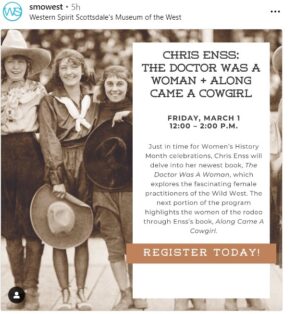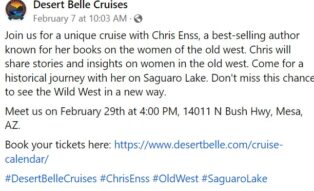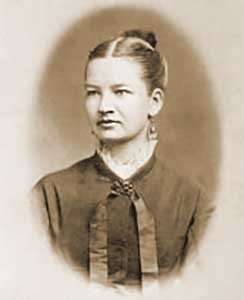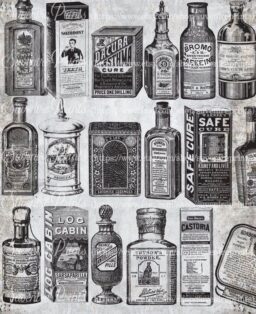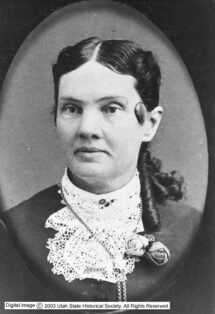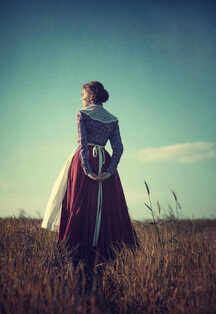Enter now to win a copy of
The Doctor Was A Woman: Stories of the First Female Physicians on the Frontier

A steady parade of distinguished, well-dressed men and women marched into a massive community center and joined the crowd already in the building making their ways from one elaborate exhibit to another. The attendance at the annual Ohio Mechanics’ Institute Fair in Cincinnati on September 19, 1860, was overwhelming. A small orchestra serenaded visitors as they wandered about examining displays of the various inventions and machinery that had received patents. Creators shared details of their devices with patrons and explained how the items would be of benefit. One of the presentations on dental mechanics, sponsored by Drs. Wardle and Doughty, featured an array of false teeth made by the dentists and one of their apprentices.
Several curious individuals inspected the objects, paying close attention to a set of teeth with a small placard sitting in front of it marked “Lot #45.” Next to the placard was a silver medal and a note from a fair judge that read “although inferior to its competitors [the] item was the work of a student [and is] worthy of a high degree of commendation.” Given the attitude society had about women in the medical profession at that time, the judges might not have been as complimentary if they’d known the teeth were made by Lucy Hobbs.
Lucy Hobbs’ journey to the Ohio Mechanics’ Institute Fair forward to eventually making history was a long, arduous one. Born in Franklin County, New York, on March 14, 1833, she was one of eleven children. Her mother died when Lucy was ten years old. Her father Benjamin remarried, but his second wife passed away shortly after their wedding. Unable to raise his children and hold down a job, Benjamin sent the youngsters to his friends and family to care for them. Lucy was sent to a residential school in New York called Franklin Academy. She was an exceptional student and graduated in the top of her class in 1849 at the age of sixteen.
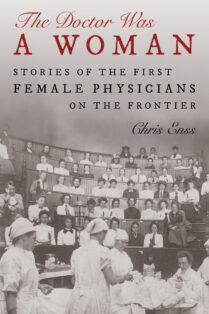
The Doctor Was a Woman
I'm looking forward to hearing from you! Please fill out this form and I will get in touch with you if you are the winner.
Join my email news list to enter the giveaway.
"*" indicates required fields
To learn more about how Lucy earned her dental degree 158 years ago today read
The Doctor Was A Woman: Stories of the First Female Physicians on the Frontier

